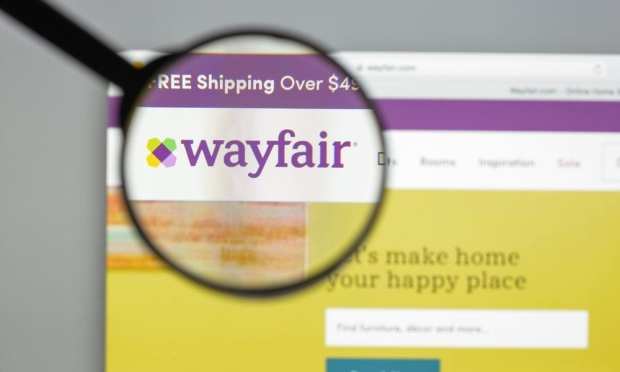Wayfair Beats Q4 Estimates With Logistics And Supply Control

Wayfair, the online home furnishings firm, had a better than expected Q4, the company announced on Friday (Feb. 22). In its earnings announcement, the company said it was able to offer better customer service and delivery by expanding and focusing on how it gets merchandise to customers.
“We continue to expand our proprietary logistics infrastructure and take greater control of our inbound supply chain, enabling us to offer faster and more seamless delivery to customers and putting suppliers in the best possible position to scale their businesses,” Wayfair CEO, Co-Founder and Co-Chairman Niraj Shah said in a statement.
The company said that its direct retail net revenue, which is made up of sales primarily from Wayfair sites, went up about 40 percent year over, from $575.6 million to $1,995.8 million.
“We are pleased to report another year of significant growth with total net revenue up $2.1 billion to $6.8 billion in 2018, and a record fourth quarter, which represented the largest year over year dollar growth in a single quarter in our history,” Shah said.
The company’s gross profit was $485.1 million, which is about 24 percent of its total net revenue. At the end of Q4, the company’s cash, cash equivalents, and short- and long-term investments totalled $970.3 million.
“We remain focused on our long-term approach to investing in the business, and believe the Company’s outsized growth at scale is a testament to the strength of our brand and platform as we redefine the shopping experience in our category,” Shah said. “Our offering is resonating more and more with our customers in North America and Europe, and we see clear parallels in the progress of our businesses in Canada, the United Kingdom and Germany and the successful course of Wayfair.com in the U.S. at similar stages of development.”
The company also shared active customer numbers, saying, “The number of active customers in our direct retail business reached 15.2 million as of December 31, 2018, an increase of 37.9 percent year over year.”
